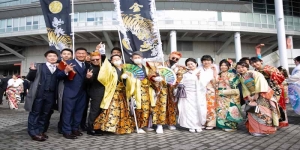Fukai Nihon 深い日本 - Shades from Japan
inkan 印鑑 o hanko 判子 how you "sign" in Japan
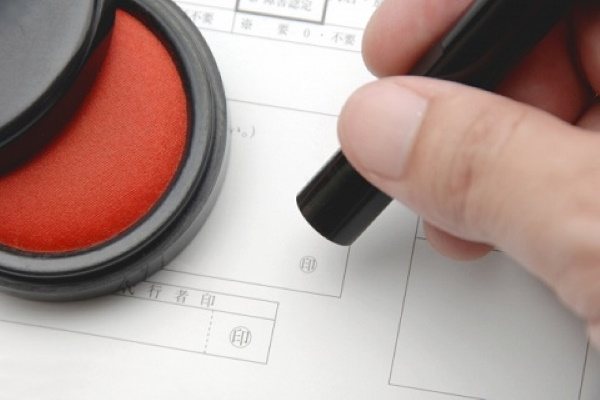
In Japan, for the stipulation and signing of important contracts, such as rents, telephone contracts or the opening of a bank or postal account, they don't use its own signature but the inkan 印鑑 or hanko 判 子 are used. Let's see what they are and how they are used and if even foreigners can have one.
The hanko is a stamp that has the same function as the signature that we usually affix in important and everyday documents.
In the Japanese system it is customary to apply a stamp bearing the name of family in the appropriate spaces to confirm your identity. These stamps can be of 3 different types and depending on the type of document to be signed.
Jitsuin 実 印 is made on request and must be registered at your city hall, as it is a unique element and only linked to you. It is used for the stipulation of important documents such as the purchase of a property, a vehicle (whether it is a car or a motorcycle) or when drafting one's will. Japanese rules allow those who are at least 15 years old to be able to register their jitsuin.
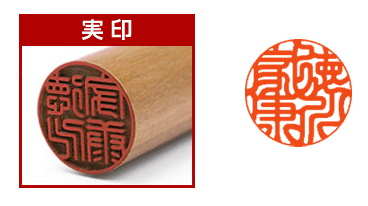
Ginkoin 銀行印like the previous one, it is made on request. This stamp is related to your banking operations. In fact, it must be registered with the bank when you open your bank account. This stamp will be used exclusively to "sign" the banking operations that are carried out, such as a bank transfer, or a payment mandate. Unlike the Jitsuin which imposes a minimum age for its request, in this case the age will depend on the type of account opened or on the bank used.
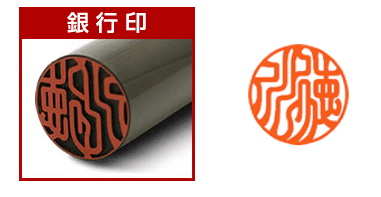
Mitome-in 認印 usable in all normal daily life, such as when you receive a package, instead of signing the stamp is enough. Unlike the previous two, the latter does not require any type of registration, which is why it can sometimes be rejected as unsuitable for some procedures.
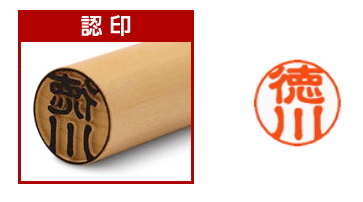
Being the most common and unregistered mitome-in, we can find it either in the appropriate shop, or even in the 100 yen shop. You will have happened to notice in these shops or in the stationery stores, large columns with many stamps inside, all in order for kanji.
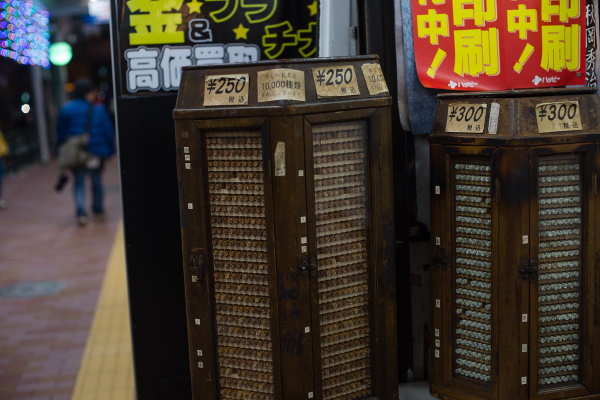
Usually wooden or plastic models can be sold with a small case that contains an ink part, which is always red. But the more modern versions, usually in plastic, can be self-inking, they don't need an additional pad.The beauty of these stamps is often the work of great craftsmen, who produce them by hand and engrave them with old techniques, with small blades that work the basic structure. These stamps can be of different materials, the cheapest are those in plastic (especially the self-inking ones) going up to resin materials, arriving at the handmade ones created with wood and stone.

For those who intend to work and live in Japan, they will have to deal with hankos. You will certainly be asked to use one when open a bank or post office account (except in some branches that have foreign accounts), or when you want to enter into a contract with one of the 3 major telephone companies. Fortunately for us, it is quite easy to get one even for foreigners who can have their name engraved in katakana or with the letters of the alphabet.

 English (United Kingdom)
English (United Kingdom)  Italiano (it-IT)
Italiano (it-IT) 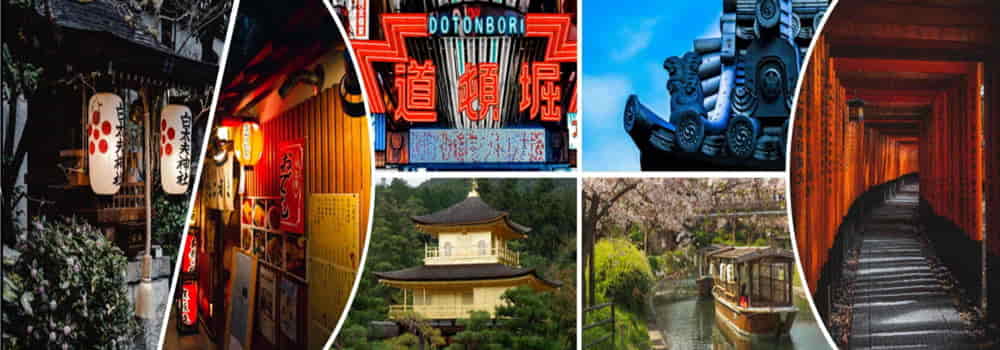
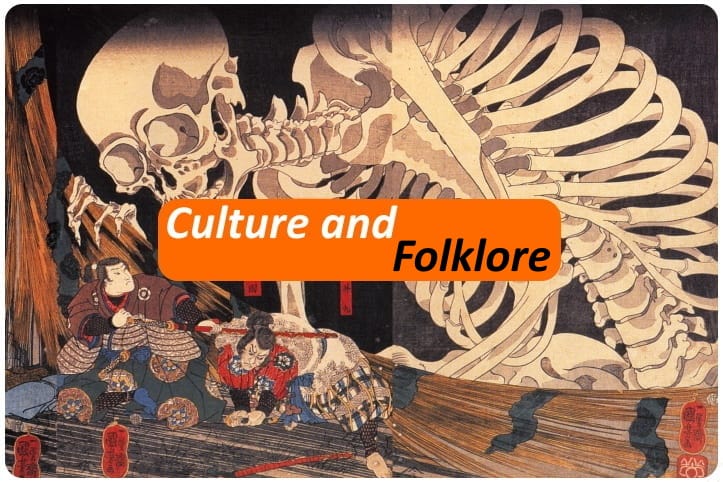





![[Review] Princess Toyotomiプリンセス トヨトミ](https://www.fukainihon.org//cache/mod_jt_contentslider/fdfb524f85518b9476158c79c8ea022f_328.png)

